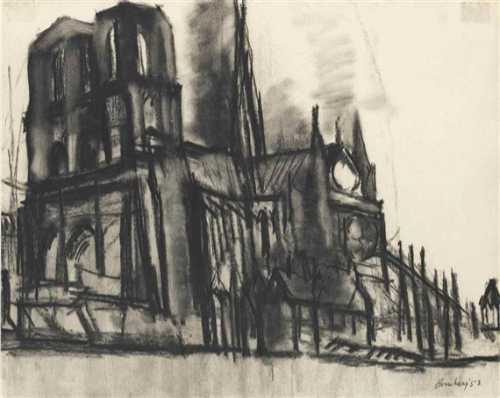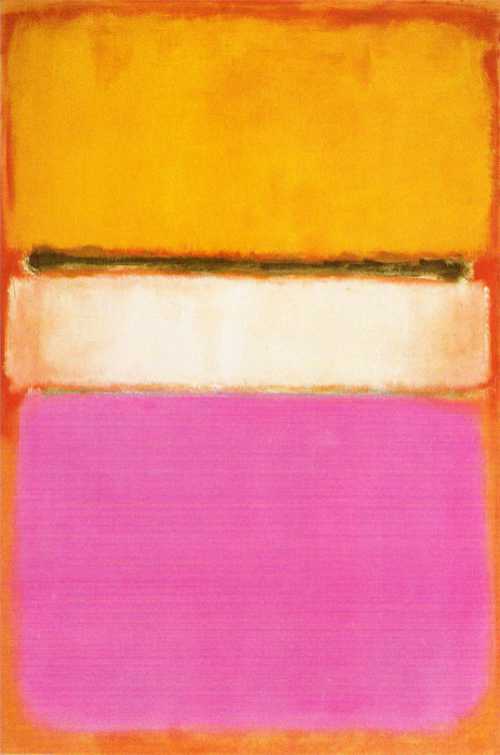Art Appreciation
1st Element of Art: Form
Remember Form relates to all those elements that effect how the painting is physically constructed. This includes things such as the type of paint used or the size of the painting. These elements tend to appeal to our senses, like colour, but they have no specific meaning as such. they are effectively the building blocks of a work of art.
We’ll now look at how Appreciating Form might affect our appreciation of a painting or other work of art by a famous artist.





Let’s Appreciate Form
Below you’ll find a list of the elements discussed in our Understanding Form page. In the interest of brevity I have just written a short example of how we might consider each element. Not all elements will apply to every art work and some may be more important than others. It all depends on the art work being viewed and your own thoughts and feelings.
Medium: Consider the texture of an oil painting versus the crispness of a digital illustration. Van Gogh‘s thick impasto technique adds tangible texture to his works, enhancing the emotional depth.
Scale: The sheer enormity of Rosenquist‘s F111 cannot be fully appreciated in a book, but in a gallery, it engulfs viewers, creating a sense of awe. In contrast, van Eyck’s small Arnolfini Portrait invites viewers to scrutinize every detail, fostering intimacy.
Colour: Warm colours like those in Derain’s “The Pool of London” evoke boldness and energy. On the other hand, Picasso‘s blue and grey tones in “The Old Guitarist” convey a sombre mood. Monet’s manipulation of colour captures the effects of sunlight, fog, and drizzle on his subjects, highlighting the importance of environmental nuances.
Line: Matisse‘s use of line in “The Dance” not only outlines figures but also imparts a sense of movement and rhythm, mirroring the dance’s tempo. In contrast, Egon Schiele’s expressive lines intensify emotions within his portraits.
Space: Linear perspective, with vanishing points and converging lines, replicates reality. Cézanne, through aerial perspective and subtle colour shifts, creates depth without traditional linear cues, requiring a keen understanding of colour nuances.
Light: Joseph Wright‘s “An Experiment on a Bird in an Air Pump” uses dramatic light to emphasize the experiment’s intensity. Turner masterfully manipulates sunlight to create atmospheric effects, enhancing the emotional impact.
Texture: Artists may choose impasto for tactile depth or a smooth application for a seamless surface. Texture affects the level of detail discernible in the work.
Unity: Artists strive for a harmonious composition. Examining how form elements interact or conflict reveals the painting’s overall quality.
Variety: Some artists concentrate on one or two elements, like Rothko’s exploration of colour and shape, while others incorporate a wide array. Variety can enhance or detract from the painting’s impact.
Balance: Artists use the Golden Section and contrast to create balance. For example, a dark, massive object may balance a lighter, expansive area.
Contrast: It can manifest in colours, lines, textures, or shapes. Monet‘s “Poppy Field” relies on red-green contrast for its vibrancy.
Focus: Artists guide viewers’ attention. They use elements strategically, such as directing lines or focusing on specific details. Can you spot if this is being done?
In summary, artists employ these elements meticulously to craft their artworks. The choice of medium, scale, colour, line, space, light, texture, unity, variety, balance, contrast, and focus profoundly impacts the viewer’s experience, contributing to the depth and richness of the painting’s narrative.

